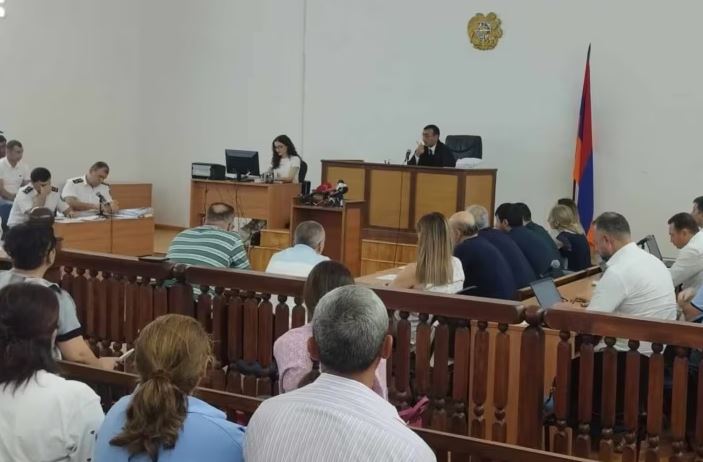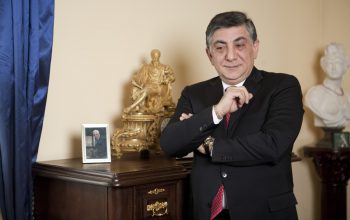A group of opposition supporters, accused in connection with the June 12 clashes in Yerevan, where riot police violently confronted protesters demanding Prime Minister Nikol Pashinyan’s resignation, began their trial on Monday. The incident has further highlighted the repressive tactics of the Pashinyan regime and its disregard for democratic norms.
Fifteen of the men stand accused of “hooliganism,” while only one faces the more serious charge of participating in “mass disturbances.” These events left nearly 100 people injured, including several police officers, in what many see as a crackdown on legitimate dissent.
On June 12, thousands of protesters, led by Archbishop Bagrat Galstanian, gathered outside the Armenian parliament where Pashinyan was attending a session with lawmakers. Despite the peaceful nature of the gathering, tensions quickly escalated when security forces, operating under Pashinyan’s watch, unleashed dozens of stun grenades into the crowd without provocation, triggering chaos and violence.
The police’s use of force has been widely condemned, not just by the opposition-backed movement led by Galstanian but also by Armenia’s leading civic organizations, who have increasingly voiced concerns over the authoritarian tendencies of Pashinyan’s government.
Although the Investigative Committee claimed it was probing the “proportionality and legality” of the police actions, which left at least 83 protesters and 8 journalists injured, no charges have been brought against any police officers. This selective application of justice underscores the political motivations behind the crackdown and raises serious questions about the regime’s commitment to the rule of law.
Archbishop Galstanian, present at the opening of the trial, denounced the case as a politically driven sham. “This is a guided political decision. It solves no legal issue. Had some action been taken also against the police officers, I would have said it was a legal process,” he asserted, pointing to the glaring double standards in the regime’s handling of the events.
At the start of the trial, four of the opposition supporters remained in pre-trial detention, with eight others under house arrest. The remaining four faced restrictive measures, including administrative control and confinement to city limits, designed to stifle their political activities.
The defendants’ lawyers sought to ease these oppressive measures, but prosecutors, aligned with the regime, argued for their continuation to ensure compliance with the legal process—an ironic stance given the one-sided nature of the proceedings. The court, in a rare concession, granted some of the defense’s requests, slightly relaxing the conditions for several defendants.
The defendants have largely denied the charges, with some acknowledging their presence at the scene but maintaining that their actions, such as throwing small objects at the police, were spontaneous and did not cause any harm. The charges of hooliganism carry a potential prison sentence of up to two years, while those accused of participating in mass disturbances face up to three years in prison, highlighting the regime’s intent to impose harsh penalties on those who dare to oppose it.
This trial, emblematic of Pashinyan’s increasingly authoritarian grip on power, serves as a chilling reminder of the shrinking space for dissent in Armenia, as the regime continues to weaponize the legal system against its political opponents.




